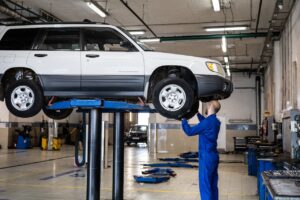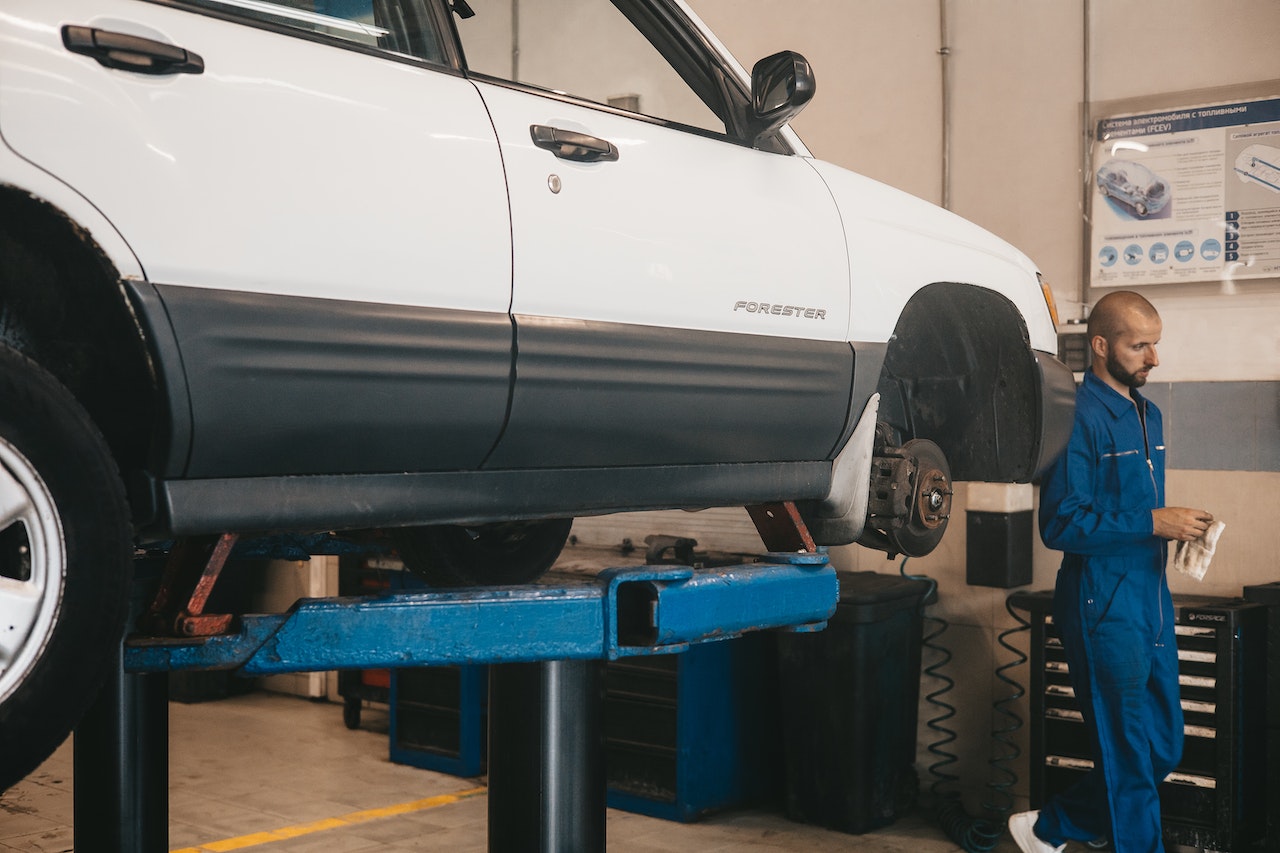When it comes to your vehicle’s safety, one essential component often takes the backseat – your brakes. These unsung heroes are responsible for bringing you and your car to a safe stop, ensuring that every journey ends positively. But just like any other part of your vehicle, brakes require regular maintenance and care to keep them performing at their best. In this blog post, we’ll rev up our knowledge on maintaining tip-top brake health. From regular inspections to spotting warning signs, from brake fluid flushes to pad maintenance, buckle up as we take the steps needed for smooth braking experiences. So, let’s dive in and ensure you never hit the brakes when keeping yourself safe on the road.
Regular Inspections
 When it comes to your car’s brakes, prevention is the name of the game. Regular inspections are like routine check-ups for your vehicle’s safety system, giving you peace of mind and ensuring potential problems are nipped in the bud. So, what should you look out for during these inspections? Start by visually examining your brake pads through the wheels. It may be time for a replacement if they appear worn down or unevenly thin.
When it comes to your car’s brakes, prevention is the name of the game. Regular inspections are like routine check-ups for your vehicle’s safety system, giving you peace of mind and ensuring potential problems are nipped in the bud. So, what should you look out for during these inspections? Start by visually examining your brake pads through the wheels. It may be time for a replacement if they appear worn down or unevenly thin.
Also, keep an eye out for leaks around the brake lines or calipers – these could indicate a fluid issue needing immediate attention. When you notice dirt accumulation during inspection, use a pump spray bottle to clean it.
Watch for Warning Signs
Keeping your car brakes in tip-top shape is essential for the safety of both you and other drivers on the road. One important aspect of brake maintenance is being aware of warning signs that indicate potential issues with your brakes. Ignoring these signs can lead to costly repairs and even dangerous situations. When applying the brakes, one common warning sign is a squealing or grinding noise. This could be a telltale sign that your brake pads are worn down and need to be replaced. Another sign to look out for is if your car pulls to one side when you brake, as this may indicate an alignment issue or uneven wear on the brake pads.
Brake Fluid Flush
An essential maintenance task that often gets overlooked is the brake fluid flush. While it may not be as well-known as changing your oil or replacing your brake pads, flushing and replacing your brake fluid regularly is crucial for optimal braking performance. Over time, brake fluid can become contaminated with moisture and debris, which can degrade its effectiveness. This can lead to reduced braking performance and even potential safety hazards on the road. To ensure that your brakes are in tip-top shape, it’s recommended to have a professional mechanic perform a brake fluid flush every two years or as specified by your vehicle’s manufacturer. During this process, old brake fluid is completely drained from the system and replaced with fresh fluid.

Brake Pad Maintenance
Regular brake pad maintenance is a key component in keeping your car’s brakes in tip-top shape. Brake pads are essential for stopping your vehicle, as they apply pressure to the rotors and create friction to slow down or bring your car to a complete stop. To ensure your brake pads are functioning properly, it’s important to inspect them regularly. Look out for any signs of wear, such as thinning or unevenness in the pad material. If you notice any issues, replacing the brake pads promptly is crucial. In addition to visual inspections, listening for squeaking or grinding noises while applying the brakes can indicate that your brake pads need attention.
By staying proactive with regular inspections, watching out for warning signs, performing a brake fluid flush when needed, and maintaining well-functioning brake pads, you’ll keep yourself safe behind the wheel while ensuring that your car’s braking system remains reliable. So don’t wait until there’s a problem – start implementing these practices today. We hope that you have found this blog post helpful.

